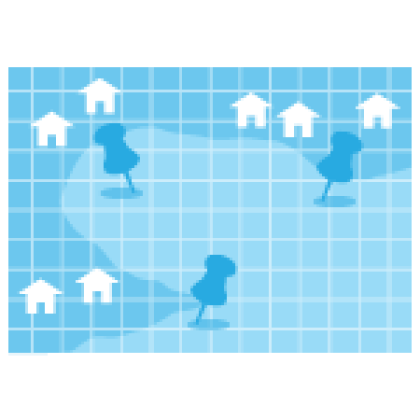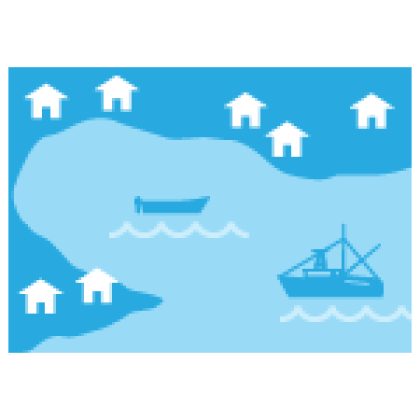


Build ecosystem resilience
Pathway for climate-resilient fisheries
Build ecosystem resilience to help respond to the unknown
We must take action to elevate the importance of things like genetic and biological diversity, habitat complexity and connectivity and ensuring adequate population sizes of marine species; it also means tackling other ocean impacts, such as from pollution like plastics that threaten ocean health.
Supporting Case Study

The Chesapeake Bay has been experiencing a significant recovery along several metrics in recent years, even in the face of a clearly changing climate. Efforts to reduce nutrient loading, runoff and sedimentation from upstream farms, halt overfishing and restore waterways, among other interventions, have increased system resilience by reducing multiple sources of stress. The result has been significant recovery of many aspects of the ecosystem. These include an increase in eel grass and blue crab abundance, an increase in abundance of benthic organisms and a decline in undesirable conditions (such as harmful algal blooms). This example shows that with some assistance, ecosystems can rebound in the face of climate change.
Learn more here: How can coral reef ecosystems be resilient to climate change?
How to build resilience...
Expand All-
Improve current management systems, including for fishing and other known key threats, to be more adaptive;
-
Reduce the cumulative stresses placed on marine ecosystems from both climate and non-climate stressors (for example, by reducing sedimentation, nutrient loading and overfishing);
-
Prioritize stressors to address when management resources are limited;
-
Protect and restore diverse habitats, prioritizing those habitats that are critical to target stocks that are likely to remain present in the region, as well as stocks likely to move in;
-
Consider how sea level rise will impact existing and future habitat areas, and enhance use of resilient coastal infrastructure that will yield concomitant benefits for coastal communities and built infrastructure;
-
Maintain or increase species biological, functional and genetic diversity through better assessment and management approaches that value ecosystem functioning; and
-
Foster greater habitat connectivity, including through the use of science-based networks of reserves—and other types of area-based protection—to conserve key habitats and imperiled species.





